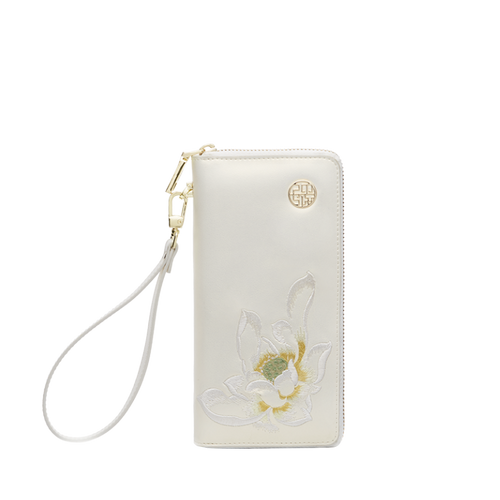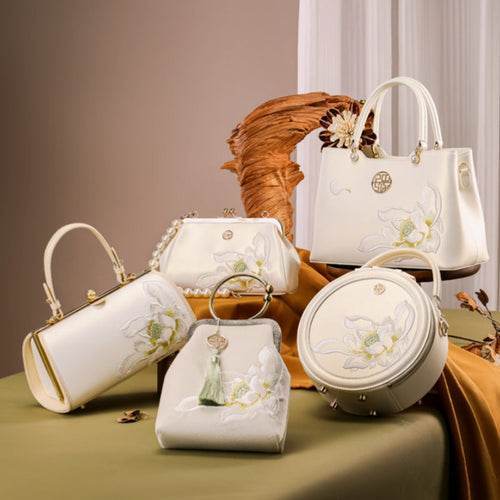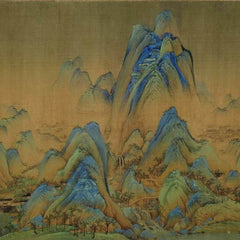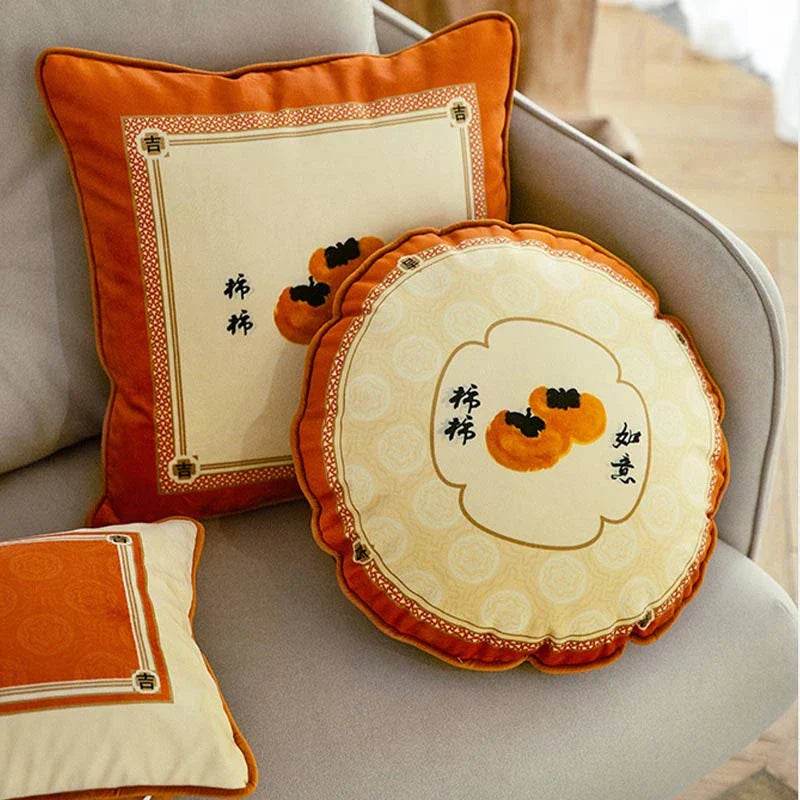يعد مهرجان الفوانيس، المعروف باسم Yuánxiāo Jié (元宵节) باللغة الصينية، بمثابة الختام الكبير لاحتفالات رأس السنة الصينية. ويصادف هذا المهرجان اليوم الخامس عشر من الشهر القمري الأول، وهو حدث نابض بالحياة ومبهج مليء بالأضواء والضحك والوحدة.
أصول مهرجان الفوانيس
يعود تاريخ مهرجان الفوانيس إلى الصين القديمة، حيث يعود تاريخه إلى أكثر من 2000 عام في عهد أسرة هان (206 قبل الميلاد - 220 بعد الميلاد). وهناك العديد من النظريات حول بداياته:
1. التأثير البوذي
تربط إحدى النظريات الأكثر شيوعًا مهرجان الفوانيس بالترويج للبوذية خلال عهد أسرة هان. شجع الإمبراطور مينغ من هان إضاءة الفوانيس في المعابد لتكريم بوذا، وهو ما تطور لاحقًا إلى تقليد واسع الانتشار.
2. عبادة تايي
خلال عهد أسرة هان، كان الناس يعبدون تايي، إله السماء، الذي كان يتحكم في مصير العالم البشري. وكانوا يوقدون الفوانيس طلبًا للبركات والحماية من تايي.
3. تكريم الآلهة والأرواح
في التقاليد الطاوية، يرتبط المهرجان بإله الحظ السعيد، تيانغوان. وكان إضاءة الفوانيس وأداء الطقوس من الطرق للحصول على بركاته.
الأنشطة التقليدية خلال مهرجان الفوانيس
يتم الاحتفال بمهرجان الفوانيس من خلال مجموعة متنوعة من العادات والأنشطة، ولكل منها معاني ثقافية ورمزية.
1. الإضاءة ورؤية الفوانيس

إن القطعة الأساسية لمهرجان الفوانيس هي الفوانيس نفسها. تُصنع الفوانيس تقليديًا من الورق وتُزين بتصاميم معقدة، وتُضاء وتُعرض في المنازل والمعابد والأماكن العامة. تتميز الاحتفالات الحديثة بعروض الفوانيس المتقنة، بما في ذلك الهياكل الضخمة الملونة التي تصور المخلوقات الأسطورية والمشاهد التاريخية وحيوانات الأبراج.
ترمز الفوانيس إلى الأمل والإشراق وطرد الظلام. وفي العصور القديمة، كان يُنظر إلى إضاءة الفوانيس أيضًا على أنها وسيلة لإرشاد الأرواح أو الأسلاف.
2. حل ألغاز الفوانيس

تُعرف هذه العادة باسم "كاي دينج مي" (猜灯谜)، وهي عبارة عن حل الألغاز المكتوبة على الفوانيس، وهي نشاط فكري شائع خلال المهرجان. يحاول المشاركون الإجابة على الألغاز التي غالبًا ما تكون فكاهية أو شعرية، ويحصل الفائزون على جوائز صغيرة. تضيف هذه العادة عنصرًا تفاعليًا وترفيهيًا للاحتفالات، وتسلط الضوء على أهمية الذكاء والمعرفة في الثقافة الصينية.
3. تناول تانج يوان

لا يكتمل مهرجان الفوانيس بدون "تانجيوان" (汤圆)، كرات الأرز اللزجة الحلوة التي تُقدم في حساء دافئ. يرمز الشكل الدائري لـ Tangyuan إلى الوحدة والكمال والترابط الأسري. كما أن اسم "Tangyuan" يشبه أيضًا "Tuanyuan" (团圆)، والذي يعني لم الشمل.
تختلف حشوات تانج يوان حسب المنطقة، ومن بين الخيارات الشائعة معجون السمسم الأسود، ومعجون الفاصوليا الحمراء، وزبدة الفول السوداني، أو زيت الأوسمانثوس الحلو. في جنوب الصين، يكون الطبق أحلى، بينما تستمتع المناطق الشمالية أحيانًا بأنواع مختلفة من المذاق اللذيذ.
4. رقصات الأسد ورقصات التنين

رقصات الأسد والتنين هي عروض نابضة بالحياة تُرى غالبًا خلال مهرجان الفوانيس. يُعتقد أن هذه الرقصات، التي تصاحبها الطبول والأجراس والصنوج، تطرد الأرواح الشريرة وتجلب الحظ السعيد.
غالبًا ما يتم تصوير التنين، رمز القوة والسلطة، على هيئة شخصية طويلة متعرجة مضاءة بالفوانيس، في حين يمثل الأسد الشجاعة والحماية. تجذب هذه العروض حشودًا كبيرة وتخلق أجواءً مثيرة.
الاختلافات الإقليمية في تقاليد مهرجان الفوانيس
في حين يتم الاحتفال على نطاق واسع بالعادات الأساسية لمهرجان الفوانيس، فإن المناطق المختلفة في الصين لديها تقاليدها الفريدة:
1. جنوب الصين: في مقاطعتي قوانغدونغ وفوجيان، يتم إطلاق الفوانيس العائمة على الأنهار لإبعاد الحظ السيئ وجلب الحظ السعيد.
2. شمال الصين: في مقاطعتي شانشي وخبي، تُعرض الحرف والعروض التقليدية في معارض الفوانيس واسعة النطاق.
3. شرق الصين: في مقاطعتي جيانغسو وتشجيانغ، تحظى رقصات الفوانيس التنين بشعبية خاصة، وغالبًا ما تنطوي على تعاون قرى بأكملها لإنشاء تنانين ضخمة ومعقدة.
4. غرب الصين: في مقاطعتي سيتشوان ويوننان، تضيف مهرجانات الشعلة والرقصات الشعبية نكهة محلية مميزة للاحتفالات.
الجانب الرومانسي لمهرجان الفوانيس
في الصين القديمة، كان مهرجان الفوانيس من المناسبات النادرة التي كان الرجال والنساء غير المتزوجين يتواصلون فيها بحرية. وكان يُسمح للنساء، اللاتي كن محصورات في منازلهن في كثير من الأحيان، بالخروج للاستمتاع بالفوانيس، مما أتاح الفرصة للقاءات رومانسية. وقد أدى هذا التقليد إلى تسمية مهرجان الفوانيس بـ "عيد الحب الصيني".
وحتى يومنا هذا، يُنظر إلى المهرجان باعتباره وقتًا للحب والرومانسية. يتجول الأزواج بين عروض الفوانيس، ويتجمع الشباب للاستمتاع بالأجواء الاحتفالية، والحفاظ على الروح الرومانسية حية.
مهرجان الفوانيس اليوم
في العصر الحديث، امتد مهرجان الفوانيس إلى ما هو أبعد من الصين، حيث تقام الاحتفالات به في العديد من البلدان حول العالم. سواء كان ذلك في شكل عرض كبير للفوانيس في سنغافورة، أو عرض للألعاب النارية في ماليزيا، أو عرض ثقافي في الحي الصيني في سان فرانسيسكو، فإن المهرجان لا يزال يجمع الناس معًا.
يعود تاريخ هذا المهرجان إلى قرون من التقاليد، وهو الوقت المناسب لإضاءة الليل والتأمل في الماضي والتطلع إلى المستقبل. ومع ارتفاع القمر وتألق الفوانيس، نتمنى أن يملأ مهرجان الفوانيس قلوبكم بالنور والحب والأمل في العام المقبل.































